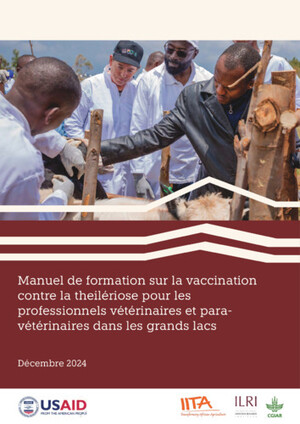
Malignant catarrhal fever – a wildebeest associated killer disease of cattle
Ironically, the 8th Wonder of the World, the annual wildebeest migration in east Africa, causes a recurring hardship to livestock farmers as wildebeest calving is associated with seasonal malignant catarrhal fever (MCF) outbreaks in cattle, that is often fatal. This has led to a traditional disease avoidance strategy by Maasai and other cattle owners, where thousands of cattle are driven away from suitable pastures to more marginal lands. This period lasts for 3~4 months (usually February to May) and is associated with a loss of household income, access to milk and labor. Recently, changes in land tenure and fragmentation of community lands has meant finding alternative grazing pastures, and, employing the traditional MCF avoidance strategy, has become increasingly difficult. Alternative disease control options are needed.
Countries that are affected: One MCF season in Tanzania and Kenya associated with white-bearded wildebeest; two seasons in South Africa associated with other sub-species of wildebeest, one with calving and the other with a hunting season. MCF may also be present in Zambia, Zimbabwe, Mozambique, Namibia, Botswana and Angola.
Vaccines offer the most sustainable option for MCF control. Wildebeest associated MCF is caused by a gamma-herpesvirus (alcelaphine herpesvirus-1, AlHV-1), which is benign in wildebeest but causes fever, lesions in the oral and nasal mucosa, nasal discharge, corneal opacity and frequently death in cattle. There is no treatment.
A possible solution: An experimental live attenuated MCF vaccine has been developed by the Moredun Research Institute in Scotland. Recent studies with the viral vaccine at ILRI’s Kapiti Plains ranch, indicate a high vaccine efficacy. Unconventional approaches will be required to develop a commercial vaccine, as MCF is not an attractive target disease for the large-scale commercial sector. Current estimates indicate a requirement of ~ 1 million vaccine doses/year, and care will have to be exercised to ensure that a vaccine does not disrupt an already fragile ecosystem that straddles Tanzania and Kenya.
Principal Collaborators: Moredun Research Institute, University of Glasgow, Paul G. Allen School for Global Animal Health at Washington State University, GALVmed and ILRI.

















